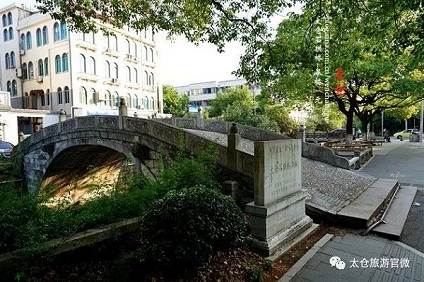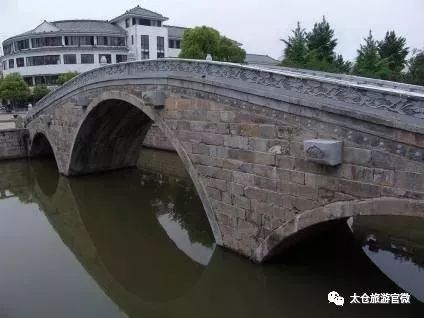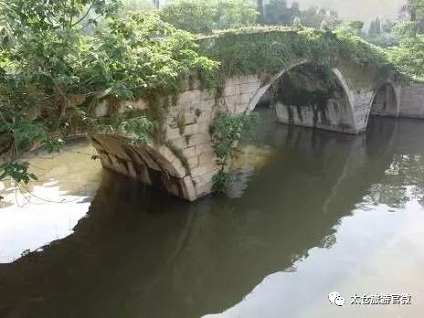
Taicang's three ancient bridges
There are three bridges in Taicang listed as China's important cultural sites under state protection.

There are three bridges in Taicang listed as China's important cultural sites under state protection.
The three bridges are well reserved after more than 660 years of exposure to sun and rain. Seated over the same river, they are separated from one another by mere 1,000 meters.
Although ancient bridges are quite common in South China's cities, it's still unusual for three ancient bridges to be over the same river.
Gao Bridge
Established in 1334, the bridge is a stone arched one with a single hole. Walking on it, one may see images of flowers and plants engraved on the bridge's stones and a taijitu, a symbol in Chinese philosophy, on the center of the bridge's pavement.
Why is the bridge called Gao? Because the bridge looks a little bit higher than other bridges for its single hole and Gao means high in Chinese.

Zhou Bridge
Established in 1329, Zhou Bridge, the oldest of the three bridges, is a three-hole stone arch one with a length of 16.2 meters.
There are embossments and stone nails adorning the bridge body and two Chinese characters meaning safety and happiness engraved on the center of one side of the bridge.
Since the city's ancient government department stood on the opposite of the bridge and Zhou means state in Chinese, local residents call it Zhou Bridge.

Zhoujing Bridge
Established in 1330, the bridge is also a three-hole stone arched one with a length of 17.26 meters.
Names of the bridge's sponsors and its building year are engraved on the bridge and a taijitu also appears on its pavement, both of which have been worn down for years out of repair.
However, the images of flowers and animals on both sides of the bridge are still clear with vivid figures and a rough way of engraving.
Different from the two other bridges, Zhoujing Bridge is covered with thick plants and modern buildings standing behind it can not damage the quaint feelings created by the bridge.